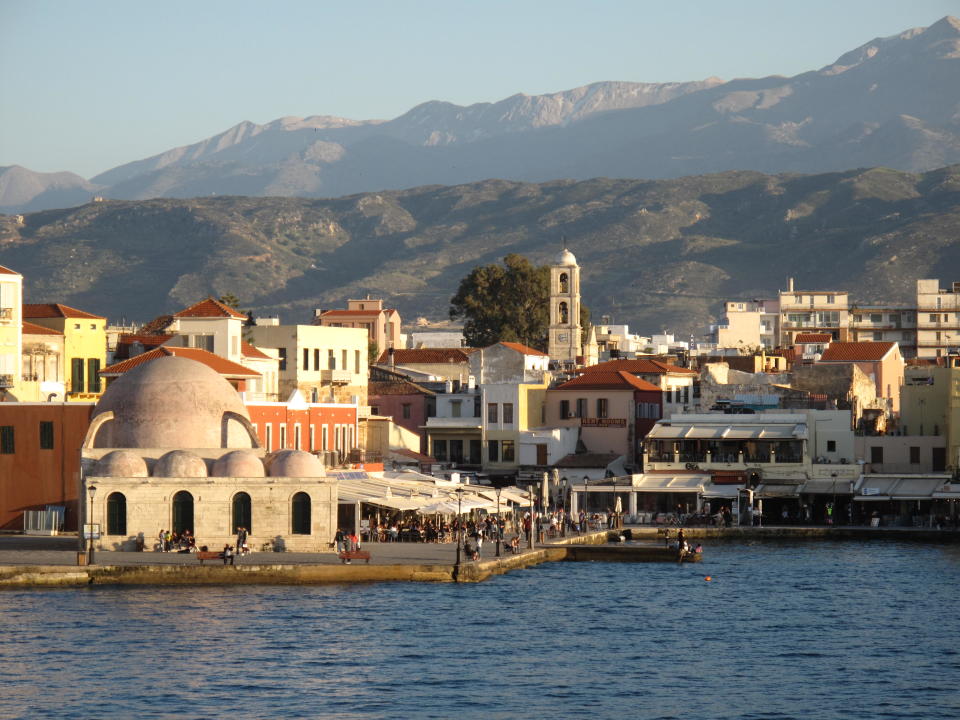Has the Foreign Office revealed the ‘green list’?

Green light? Chania on the Greek island of Crete, rated as low-risk for Covid by the Foreign Office
(Simon Calder)The Foreign Office has quietly amended travel advice to take into account Covid rates across Europe and the world.
The FCDO even reveals the Greek and Spanish islands that are regarded as low risk: Corfu, Crete, Kos, Rhodes and Zakynthos in Greece, as well as all the Canary Islands.
Four months ago, holidays abroad were made illegal. The UK government plans to lift the travel ban, from England at least, from 17 May.
Later this week the transport secretary, Grant Shapps, is expected to reveal a new “traffic light” system that assesses the risk of importation of coronavirus.
Nations that are deemed to constitute a high risk, especially with “variants of concern,” will be classed as red or amber, requiring quarantine in a hotel and at home respectively.
Only people coming in from “green list” countries escape self-isolation, though they must pay £100 or more for pre-departure and post-arrival tests.
The travel industry is furious that, with 13 days to go, there is still no certainty about which countries and regions may be rated green.
But the changed Foreign Office advice reveals the locations that are regarded as low risk.
For Greece, for example, the official advice warns against travel to Greece “based on the current assessment of Covid-19 risks”. But it adds: “The FCDO is not advising against travel to the islands of Rhodes, Kos, Zakynthos, Corfu and Crete.”
In Spain, the Canary Islands – including Tenerife, Gran Canaria and Lanzarote – are excluded from the general Foreign Office warning.
For Portugal, which is the one major European country that may be on the green list, the whole nation is rated low-risk apart from the Azores – following a surge in cases on the main island, Sao Miguel.
Some leading destinations, including France, Italy and Croatia, carry a blanket warning against all-but-essential travel. But Gibraltar, Iceland, Israel and Malta – all strong candidates for the green list – do not.
Further afield, all of the US carries a do-not-travel warning – except for the territories of the Northern Mariana Islands and the US Virgin Islands.
Barbados and Cuba are not regarded as high risk by the Foreign Office.
Australia and New Zealand, which have extremely low rates, have no travel warning – but while they will certainly make the green list, they are not expected to open up to British travellers any time soon.
Read More
'Don't book foreign summer holidays yet', says Liz Truss
Green list: Which holiday destinations will be confirmed?
Balearic Islands ‘very optimistic’ they will be on UK green list

 Yahoo Finance
Yahoo Finance 